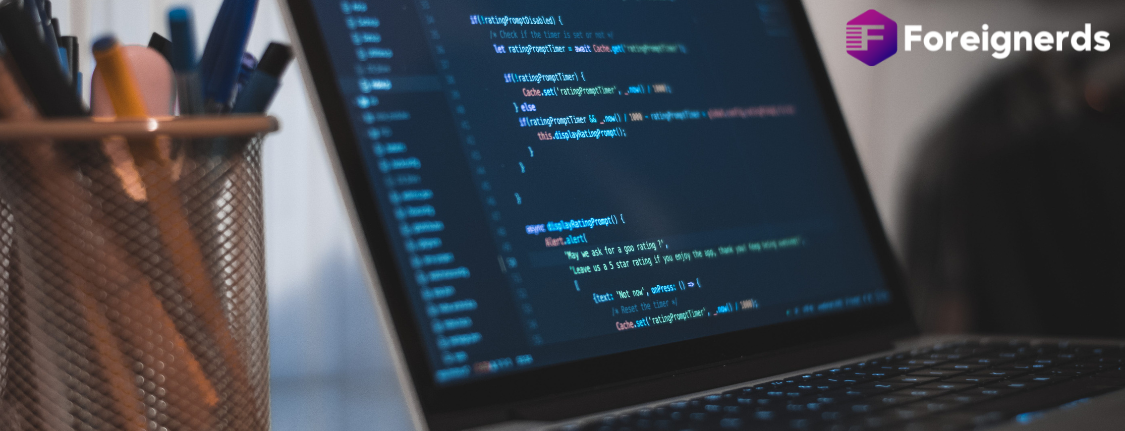- Home
- Uncategorized
- Setting Up a Windows PHP Development...

Setting up a local development environment for PHP on a Windows machine, especially when you’re using web-server packages like XAMPP or WAMP, can be a bit challenging. In this guide, we’ll walk you through the process of creating a robust PHP development environment on Windows. We’ll cover the following topics:
To set up a local PHP development environment on Windows, it’s essential to select the right components. Here are the key components we recommend:
Before diving into PHP development, you should install Visual Studio Code, a powerful and versatile code editor. It’s not only free but also offers great out-of-the-box support for PHP, with a wide range of community-supported extensions for the language.
You can download Visual Studio Code here.
To enhance your PHP development experience in Visual Studio Code, you’ll need to install some essential extensions for syntax highlighting, linting, and debugging. We recommend the following extensions:
You can easily find and install these extensions directly from Visual Studio Code.
XDebug is a crucial tool for debugging PHP code in Visual Studio Code. To configure it correctly, follow these steps:
echo phpinfo();
extension=curl
extension=fileinfo
zend_extension=php_xdebug-2.6.1-7.2-vc15-x86_64.dll
extension=gd2
extension=gettext
;extension=gmp
extension=intl
;extension=imap
;extension=interbase
;extension=ldap
extension=mbstring
extension=exif; Must be after mbstring as it depends on it
extension=mysqli
;extension=oci8_12c ; Use with Oracle Database 12c Instant Client
extension=openssl
;extension=pdo_firebird
extension=pdo_mysql
;extension=pdo_oci
extension=pdo_odbc
;extension=pdo_pgsql
extension=pdo_sqlite
;extension=pgsql
;extension=shmop
To enable debugging in Visual Studio Code, you should configure your launch.json file. The following configuration provides three debugging profiles:
{
"version": "0.2.0",
"configurations": [
{
"name": "PHP: XDebug (Listen)",
"type": "php",
"request": "launch",
"port": 9001
},
{
"name": "PHP: XDebug (File)",
"type": "php",
"request": "launch",
"program": "${file}",
"cwd": "${fileDirname}",
"port": 9001
}
]
}
Some PHP extensions rely on the PHP command-line interface for tasks like linting and code inspection. These extensions typically use the PHP client available in the system’s PATH environment variable.
For XDebug, ensure that the following parameters are included at the end of your PHP configuration file (*.ini):
[]
xdebug.remote_enable=1
xdebug.remote_autostart=1
xdebug.remote_port=9001
With these steps, you’ll have a well-configured PHP development environment on your Windows machine, allowing you to code, debug, and test your PHP applications effectively. Whether you’re a seasoned developer or just getting started with PHP, having a robust local development environment is crucial for a productive workflow.
© 2013 - 2025 Foreignerds. All Rights Reserved